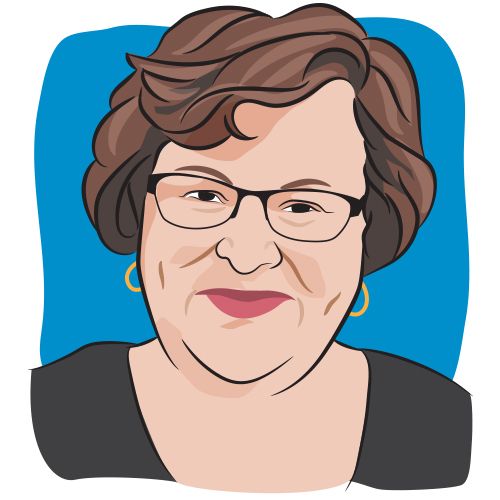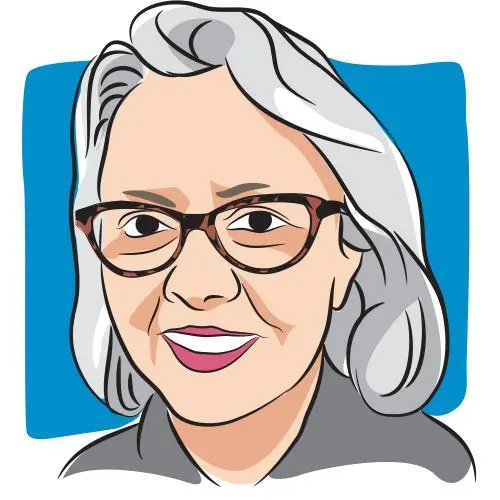News
Article
Lost-Lasting Responses With Yescarta for High-Risk Large B-Cell Lymphoma
Author(s):
Updated safety and subgroup analyses appear consistent with previously reported results from the phase 2 ZUMA-12 study of Yescarta for patients with high-risk large B-cell lymphoma.

Durable responses were observed when Yescarta (axicabtagene ciloleucel) was used as a first-line therapy for patients with high-risk large B-cell lymphoma (LBCL), according to results from the phase 2 ZUMA-12 trial which were presented at the 2023 American Society of Hematology (ASH) Annual Meeting and Exposition.
The overall complete response (CR) rate, the study’s primary endpoint, among patients treated with Yescarta was 86%, and the partial response (PR) was 5%, translating to an objective response rate of 92%. A total of 5% of patients had stable disease and 3% had progressive disease.
It was noted that the key secondary endpoints of median duration of response (DOR), event-free survival (EFS), progression-free survival (PFS; the time a patient lives following treatment without their disease worsening) and overall survival (OS; the time a patient lives after treatment, regardless of disease status) were not reached.
“(Yescarta) may benefit patients exposed to fewer prior therapies and those with high-risk LBCL, a population with high unmet need and poor outcomes after standard first-line chemoimmunotherapy,” lead author Dr. Julio Chavez, associate member in the lymphoma section of the department of malignant hematology at Moffitt Cancer Center, said during the presentation.
The phase 2 trial included patients with high-risk LBCL with MYC and BCL2 and/or BCL6 translocations, or LBCL with an international prognostic index (IPI) score of 3 or more before enrollment. Patients also needed to have positive interim PET scans after two cycles of treatment with an anti-CD20 monoclonal antibody plus an anthracycline regimen. Additionally, they needed to be older than 18 with an ECOG performance status of 0 or 1, meaning they could perform daily activities with little or no assistance.
The median follow-up was 40.9 months with a data cutoff of May 3, 2023, assessing 40 patients. A total of 37 patients were efficacy evaluable and were given Yescarta with centrally confirmed disease type of double-hit or triple-hit lymphoma or LBCL with an IPI score of more than three. The safety analysis consisted of the 40 patients initially enrolled.
At the time of data cutoff, 73% of patients continued to have responses. A conversion from a PR to a CR occurred in 22% of patients and a stable disease to a CR in 3%.
The three-year DOR rate was 81.8%, and for patients who achieved a CR as the best response, the three-year DOR was 84.4%. The three-year EFS was 73%, for those who had a CR as a best response the rate was 84.4%.
A multivariate analysis for EFS rates found similar results and little difference among key LBCL subgroups.
For patients who achieved a CR as the best response, the three-year PFS was 84.4% and the three-year OS rate was 90.6%.
A total of 13% of patients had any treatment-emergent side effects after the primary analysis, with 8% having grade 3 or higher toxicities. Serious side effects occurred in 8% of patients.
Any infection or infestation was reported in 10% of patients with 5% having grade 3 or higher, 8% having COVID-19-related infections, 3% having device-related infections and 3% having sinusitis.
A total of eight patients died in the trial, with five having progressive disease, one from COVID-19, one from esophageal adenocarcinoma and one from septic shock. There were no reports of new cytokine release syndrome or neurologic events at any grade since the previous data cutoff. Since the primary analysis, one patient had prolonged cytopenia and this was resolved by data cutoff.
For more news on cancer updates, research and education, don’t forget to subscribe to CURE®’s newsletters here.





